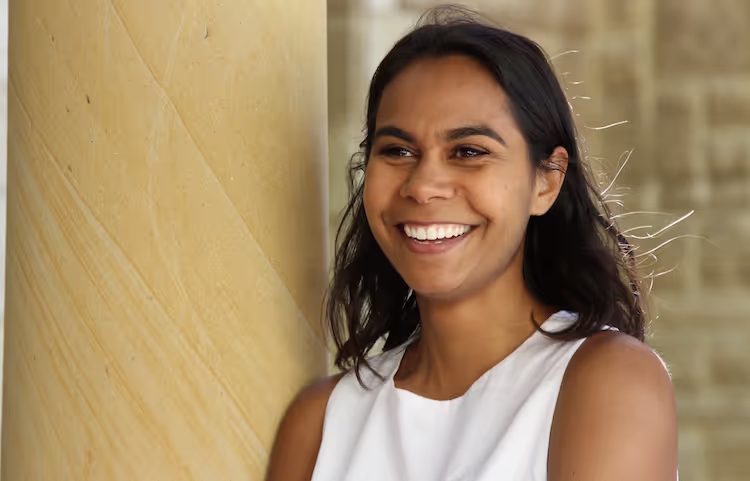February 11, 2025

Young Aboriginal students aspiring to become doctors face unique challenges, but universities and institutions are working to create more opportunities. Increasing Indigenous representation in medicine is critical to improving healthcare for Aboriginal communities and addressing systemic inequities.
Australia’s Indigenous population experiences significant health disparities, including higher rates of chronic illness and lower life expectancy. Aboriginal doctors play a key role in providing culturally competent care and bridging the trust gap between Indigenous communities and the healthcare system.
Several programs are designed to help Aboriginal students enter and succeed in medical school. The University of Newcastle’s Yapug Program and Monash University’s Indigenous entry schemes provide academic support and alternative pathways. Scholarships and financial aid help alleviate economic barriers, ensuring students can focus on their studies without financial stress.
Despite these initiatives, many Indigenous students face hurdles such as financial difficulties, limited access to quality early education, and systemic racism. Cultural differences and feelings of isolation in predominantly non-Indigenous institutions further complicate their medical school experience. Addressing these issues requires stronger mentorship programs and institutional support.
Medical schools are increasingly incorporating Indigenous perspectives into their curricula. Programs like the University of Melbourne’s Wurru Wurru Health Unit focus on cultural safety training, ensuring future doctors understand the social determinants of Indigenous health and can provide care that respects Aboriginal traditions and values.
Closing the healthcare gap requires long-term commitment from universities, policymakers, and communities. Expanding financial aid, mentorship programs, and Indigenous-led medical training will help more Aboriginal students succeed in medicine. By fostering an inclusive and supportive environment, Australia can build a medical workforce that truly represents and serves all communities.
Join our weekly digest and be the first one to know about new articles.